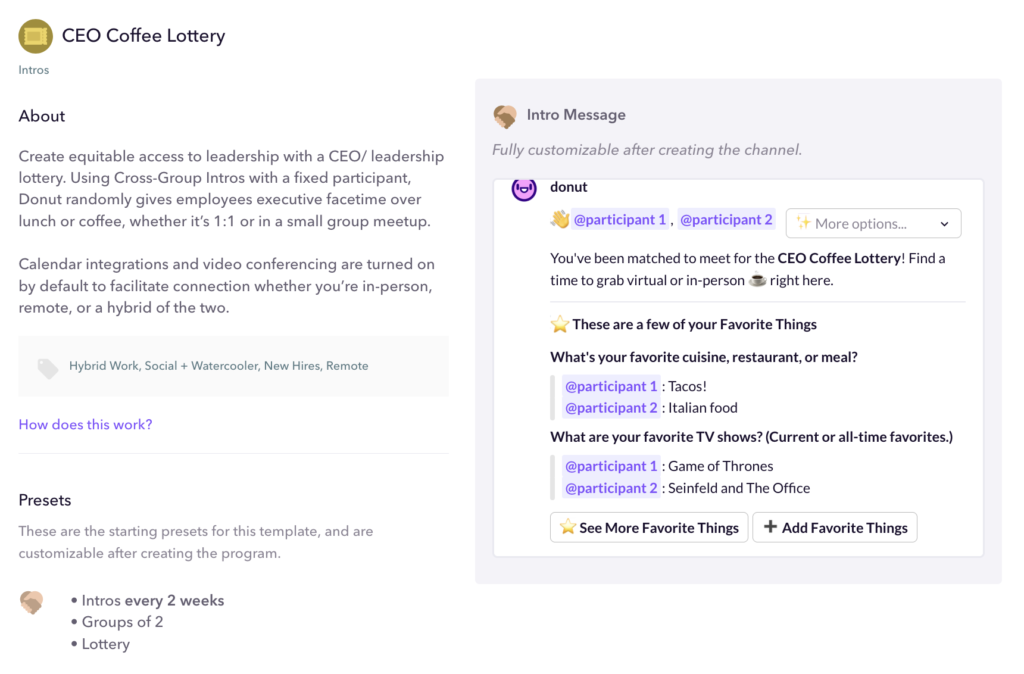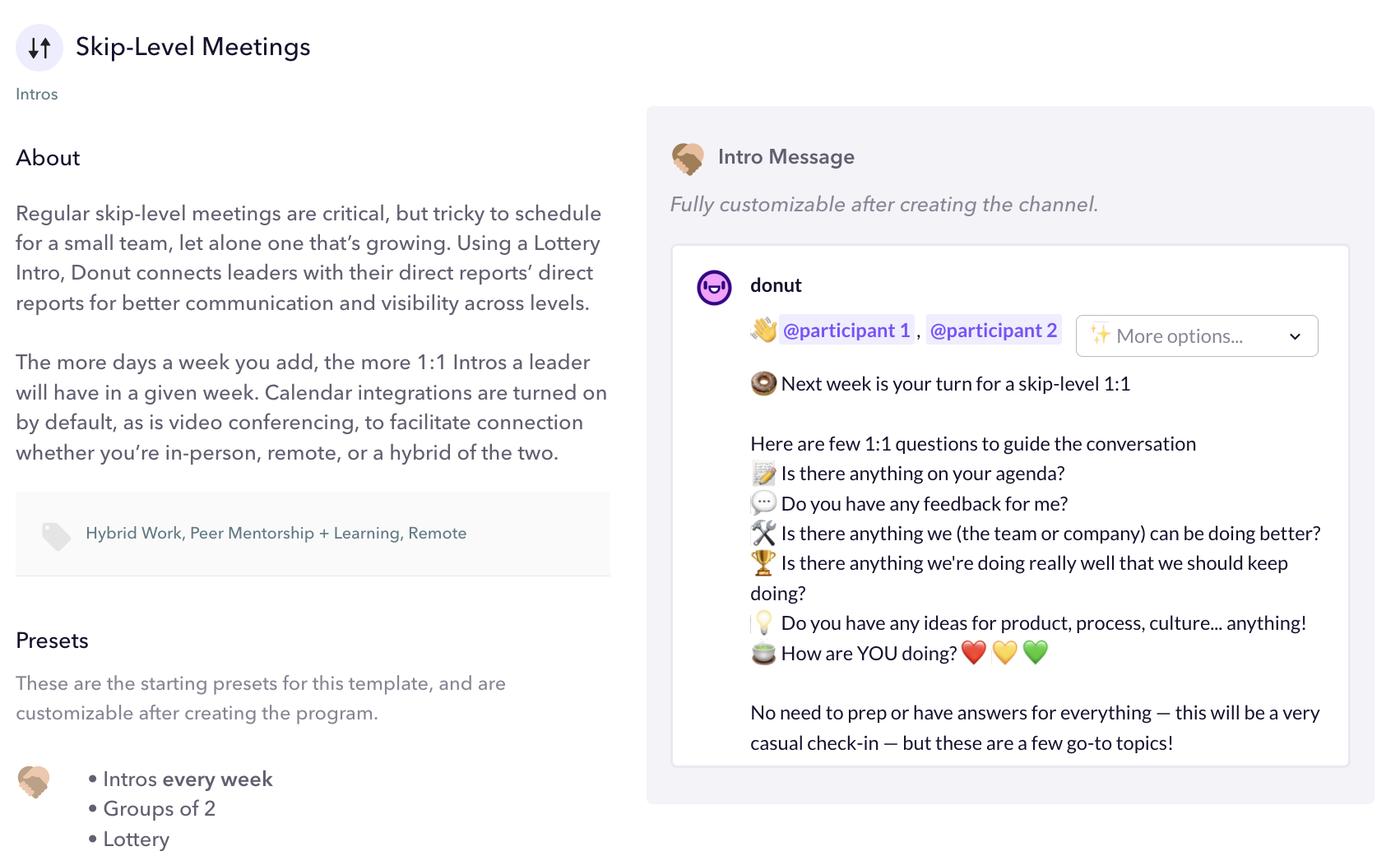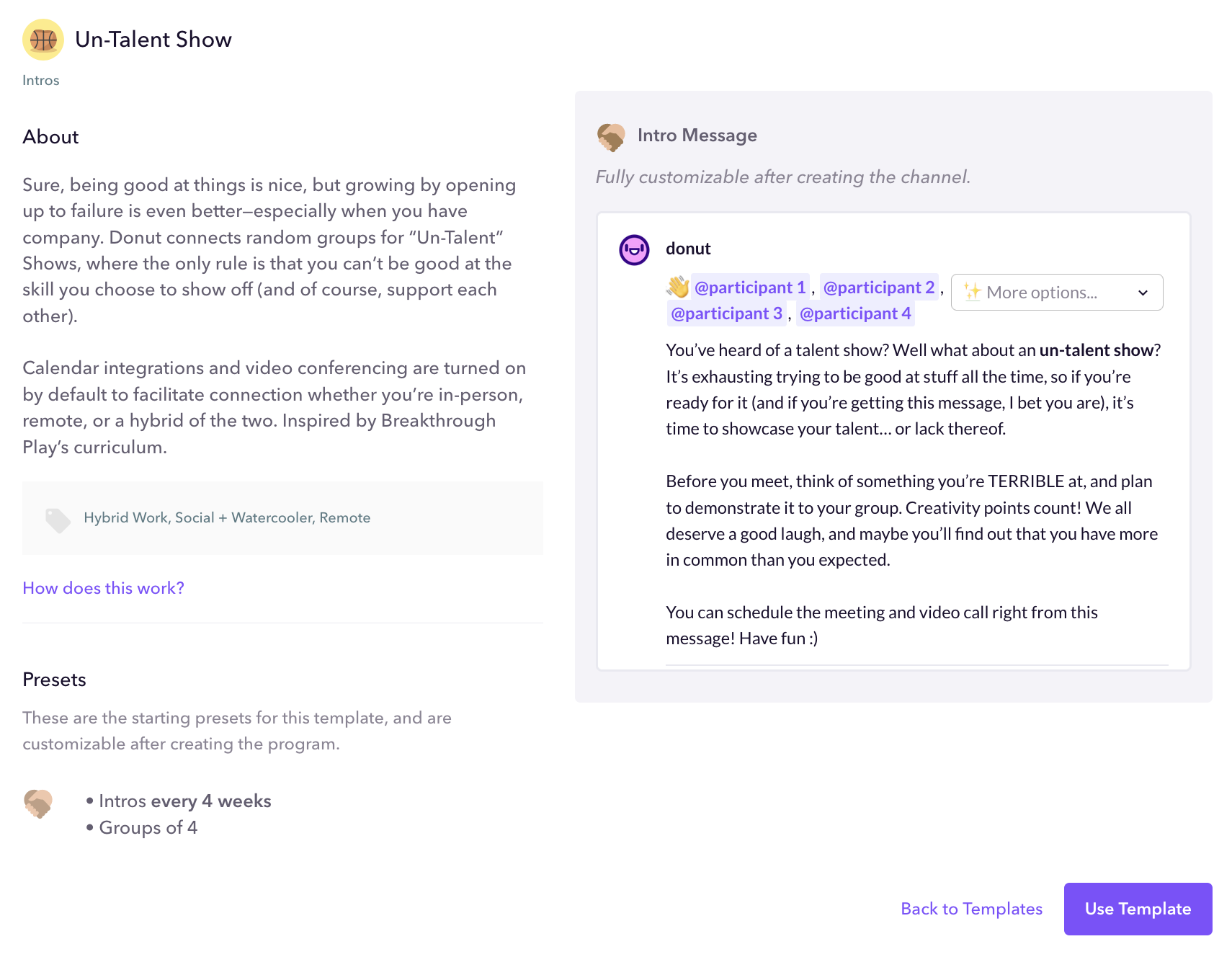It’s no secret that change is a part of the working landscape, and those who can embrace and even welcome it will see the greatest success. In some cases, though, organizational change can be a massive shock to the system. It’s easy to feel disoriented, uncertain, and overwhelmed by new working conditions and leadership structures, but there are ways to move forward that are mutually beneficial to business outcomes and the employee experience. By fostering more robust connections between coworkers (and with leadership), companies can ease the transition into the new normal: one where morale is high, performance soars, and employees and leaders have healthy, trusting communication.
 The emotional and business impacts of organizational change
The emotional and business impacts of organizational change
Organizations are ever-evolving, and changes to operations and structure are felt throughout the team. From layoffs and RIFs to restructuring, leadership transitions, or even mergers and acquisitions—these shifts in the workplace can be disconcerting for everyone involved. With this in mind, it’s no surprise that morale may suffer.
One major driver of morale decline amid change is “survivor’s guilt”—an issue faced by many who remain employed through a round of job cuts. On top of guilt, anxiety about new ways of working can compound negative emotions, leaving those who “survived” feeling both distressed for their former colleagues and unsure about their own future within the new structure of their organization. Naturally, such shifts impact employee motivation and performance, and so they also affect business outcomes. From decreased productivity to a higher risk for turnover—not to mention the loss of innovation and stifled collaboration—businesses must proactively address the employee impact of organizational change.
Prioritizing connection to bridge the gap
Strong interpersonal connection is the most effective, evidence-backed way to improve morale. The benefits that teams can reap from a healthy communication system extend much further than just passing along information and ensuring that everyone is heard. When organizations really zero in on the importance of improved communication:
- Trust is built among leadership and colleagues
- There is a greater sense of belonging
- Cross-team cohesion and collaboration are encouraged and supported
Tactics to encourage open communication
Good ol’ communication: no matter the function, level of seniority, or industry, how a team member shares information can contribute towards building—or breaking—team culture during times of uncertainty. We’ve rounded up our top three priorities for improving communication and connection during organizational change, along with some tactical tips you can implement on your team.
Transparency
Trust is built when people feel well-informed. Explicit information sharing allows room for certainty. When people wonder if more significant changes are coming, the anticipation can dampen focus and deter collaboration, making it less likely that teams will achieve their goals.
Wherever possible, leadership should prioritize synthesizing updates and practicing “user empathy” for the intended audience: their employees. This way, they can strike the balance between acting with speed and caution when proactively sharing details, next steps, and the overall vision with the larger organization.
Tactical tips
- Supplement your All-Staff meeting: In addition to large-group presentations or update meetings, consider implementing an optional smaller-group meeting format with HR and/or leadership that allows people to ask more tailored questions directly.
- Offer optional one-on-one connection opportunities: Some people will never feel comfortable speaking up in a group. That’s where connection-building comes in alongside clear, transparent mass communication. Consider programs that allow for a blend of scale, equity, and human connection.
- Do it with Donut: Try our CEO Lottery program. Use this template to facilitate regular, equitable access to leadership, allowing employees to ask questions and hear important context straight from the source. You can get started in just a few clicks.

Feedback loop
Both sides of any relationship want to feel seen and heard. Unsurprisingly, employees need to feel that it is safe to surface challenges and confident that management will consider and act upon them in order to speak up. After all, who wants to spend time and effort carefully choosing words of constructive criticism if there is no precedent for similar feedback being received well and acted upon?
The time taken to set up regular bidirectional feedback loops will continue to strengthen your team’s resilience even after the dust of organizational change settles, and everyone will be better equipped with the skills to face potential adversities in the future—together, as a team.
Tactical tips
- Create multiple pathways: People have different feedback and communication preferences. To create space for honest feedback after an organizational change event such as layoffs or reorgs, allow employees multiple ways to relay feedback. Whether it’s an anonymous Google form or additional 1:1 time, paving multiple ways is essential to a healthy feedback loop.
- Exposure up and down the reporting line: Many line-level employees lack the opportunities to speak with their team’s director, let alone the function’s VP or the company’s CEO… which means that executives and managers may be missing out on a different perspective or ability to respond to important feedback. Consider creating opportunities for two-way conversations between people in the reporting chain who may not normally interface.
- Do it with Donut: Try our Skip-level meeting program. When they have exclusive facetime with someone they may not regularly have access to, employees are empowered to surface problems and ideas confidently. Use this template to connect leaders with their direct reports’ direct reports for better communication and visibility across levels. Set it up in a few clicks, or chat with us and we can help you walk through the setup.

Space to process
Provide the time and support needed to navigate changes comfortably. Not only can it help folks ideate creative solutions to current organizational challenges, but it also serves as an opportunity to give space for curiosity. Additionally, providing ways to connect and “recharge the battery” without having to be “on” is monumental in lightening the emotional burden that can take a toll on workplace performance. When leadership takes an empathetic approach to navigating the human impact of organizational change, tapping into employee’s needs can happen organically.
Tactical tips
- Clearly communicate expectations and norms: If people are encouraged to sign off early, take a lunch break, or take advantage of workplace health and wellbeing programs like mental healthcare or employee assistance programs (EAPs), let them know. Then, let them know again. Scarcity mindset is real, and people may need to hear verbatim that they’re allowed to be human. Oh, and… leadership needs to model this behavior for it to take root.
- Encourage employee connection: During times of change, it can be tempting to deprioritize, if not actively discourage connection within the employee base. Whether it comes from a refocus on driving productivity or active fear of employees chatting and creating a negative culture, the urge to focus on work only is a mistake. The best organizations understand the importance of morale and create time and space for relationships between teammates.
- Do it with Donut: Not to brag, but we know a thing or two about helping people connect 😊. Both structured and free-form connection types encourage authentic connection and greater commitment to work. Consider trying our Weekly Wins template, which creates a space for recognition and celebrating growth, our Un-Talent Show template, which is great for combating imposter syndrome, or rolling out a silly-but-meaningful Watercooler conversation to normalize non-work chit chat and regrow bonds. You never know what you’ll learn!
